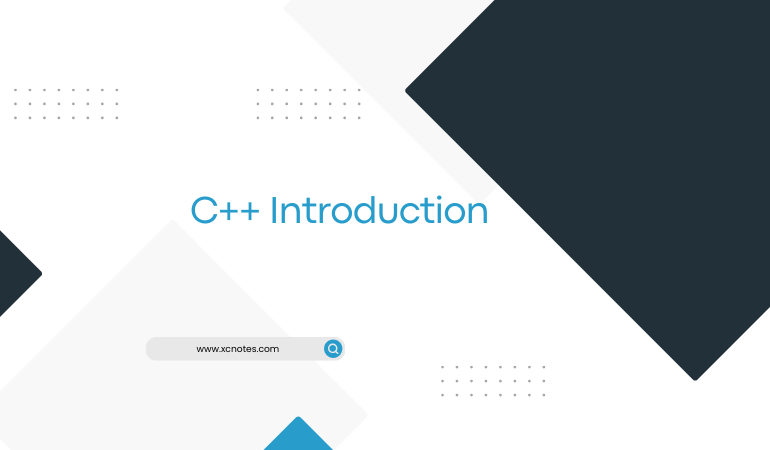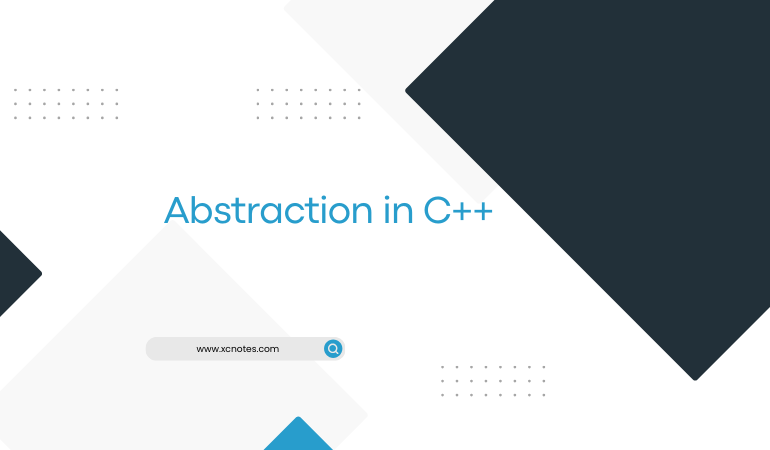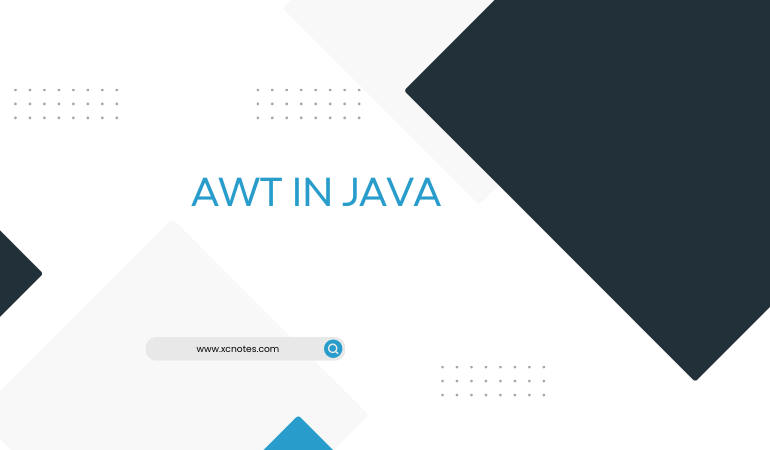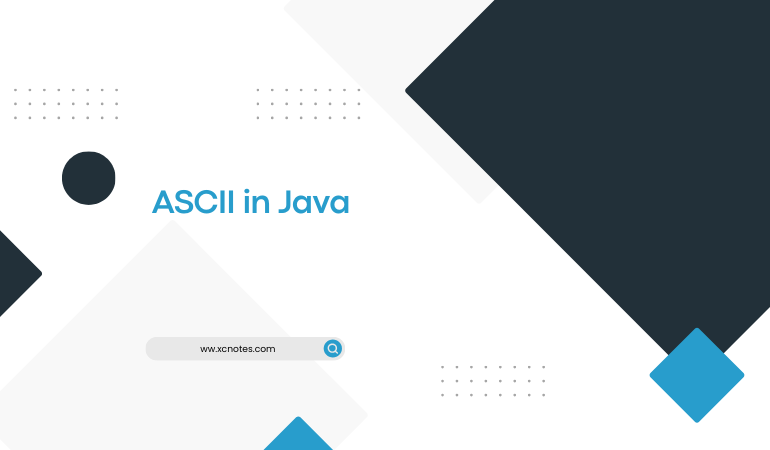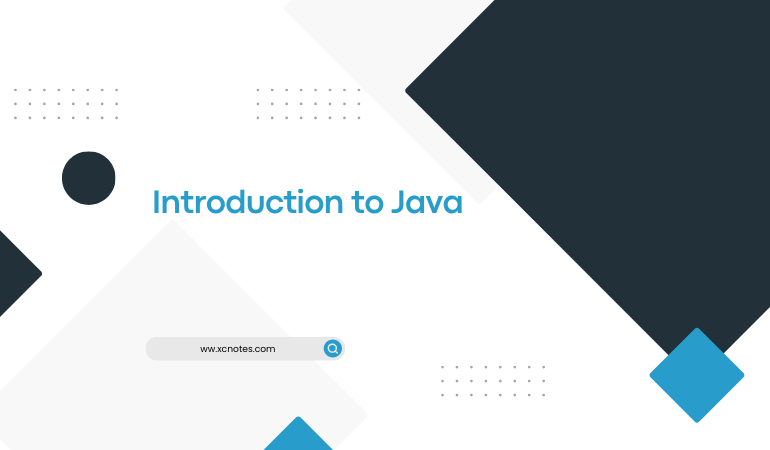External CSS
An external style sheet in CSS is a separate file containing styles that can be linked to multiple HTML documents. This separation of styles from HTML content allows for better organization, easier maintenance, and consistent styling across multiple pages. Here’s how you can create and use an external style sheet in CSS: Create a CSS … Read more




